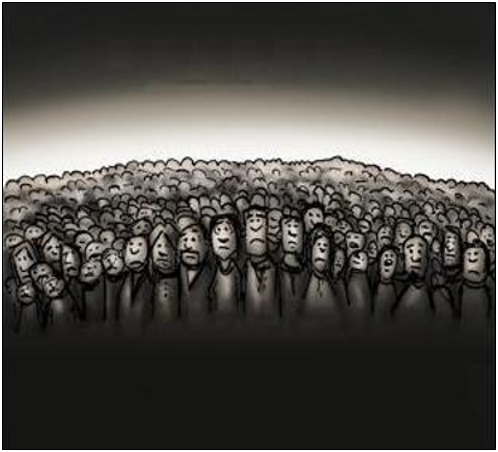
Job openings have collapsed more than 3.4 million, or 28 percent since March 2022 when they peaked at 12.1 million, now down to about 8.7 million. That’s a massive drop-off but there’s still more job openings than unemployed as since that time, the number of unemployed has increased a bit, but only by about 731,000 to 6.4 million.
Usually, when the number of job openings drops by that much — often when the economy is overheating from inflation and succumbing to a recession — there’s a measured increase in unemployment, which is what we’re seeing now but only very slowly. There’s a big headwind.
Americans not in the labor force 65 years old and older has increased 12 million since Jan. 2009 20.1 million to 32.2 million today. Job openings in the meantime grew from their April 2009 low of 2.3 million, peaking at 12.1 million in March 2022, an increase of almost 10 million.
With the shifting demographics, the civilian labor force participation rate has dropped from its peak of 67.3 percent in July 2000 to 62.7 percent in March 2024. In short, the more people who retire, the more new openings can appear on a net basis.
And with job openings dropping now, we’re still filling in positions once held by the new retirees — or employers are giving up on trying to fill so many.
Meaning, if you lose your job, there might still be enough people leaving the labor force creating openings to avoid becoming longer term unemployed. The question is for how long that situation will persist.
One obvious indicator to watch is the unemployment rate, which is up slightly to 3.8 percent from its prior low of 3.4 percent in April 2023. It could be that the number of job openings would need to drop even more, with the rate of hiring slowing down before more obvious effects in the labor market might be felt.
To the extent that the retirement wave can absorb job losses, it might be that the worst of the inflation-driven correction in labor markets can be avoided.
That would be some good news, but it could be coming at the cost of being able to help bring inflation back down — the cooling effect that recessions usually have on prices.
Meaning, if inflation still hasn’t cooled down to the Federal Reserve’s long-term target of 2 percent, once the labor market expands again it could send inflation spiraling upwards again. As usual, stay tuned.
Robert Romano is the Vice President of Public Policy at Americans for Limited Government Foundation.






